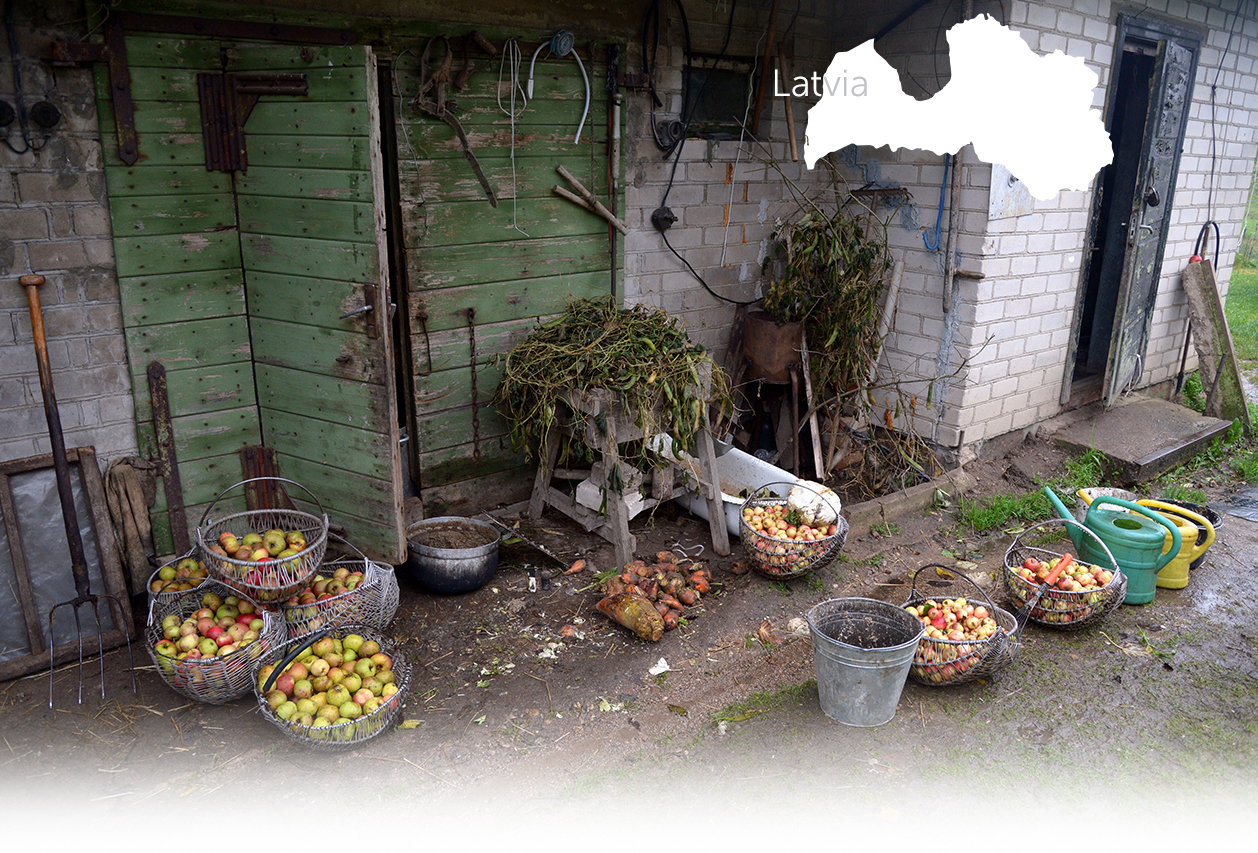

1 Sitio(s) de ejecución
Viktors B., born in 1927: "I remember that shortly after the Germans arrived, the Jews were gathered in the basement of the police station. Then they were taken at night in small groups to be shot in the Balda forest. I did not see them being refunded up, but I remember seeing a group of about a dozen elderly Jews, mostly women, crossing the railroad tracks. They had yellow stars on their front and backs. An Aizsarg was leading them. The Jews followed their orders very obediently." (Witness n°37LV, interviewed in Malta, on May 9, 2019)
Malta is a village located 200 km (124 miles) southeast of Riga, in the Latgale region of Latvia. Before the war, the village was mostly inhabited by Latvians, with Russian and Jewish minorities. The local Jewish community had a synagogue near the train station and had their own school. However, they did not have a cemetery. The dead were buried in the surrounding towns, such as in Riebiņi, located 22 km (13 miles) west of Malta. There was also a small community of Roma. Their activities were mainly buying and selling horses. Relations between the different communities in Malta were mostly good. In the summer of 1940, under the terms of the German-Soviet non-aggression pact, the region was annexed by the USSR. The Soviet authorities subsequently nationalized the Jewish stores.
On June 22, 1941, the German armies and their allies began their invasion of the USSR, marking the beginning of Operation Barbarossa. On July 4, Malta was occupied. As soon as the occupation began, the German authorities formed an auxiliary militia composed of Latvians, known as Aizsargs. At the same time, Jews were subjected to restrictive measures such as the mandatory wearing of a yellow star on their front and back clothing, as well as requisitions for forced labor, such as cleaning the floor of the local train station. At the end of July 1941, on the orders of the German authorities, about 80 Jews from Malta and the nearby villages of Silene and Pīgožņi were gathered by the Aizsrags in the basement of the police station. Then they were taken to the Balda forest, 6 km (3 miles) south of Malta. On the way, they were divided into small groups and guarded by Aizsrags. Once there, they were all shot in a mass grave. In the days following the shooting, some of the Jews' neighbors robbed their homes, while the Latvian police had already seized their valuables during the round-up. At the same time, near the Zaikova forest, located 2 km (1 mile) northwest of Malta, the Aizsrags shot a dozen Roma, most of whom were elderly. During the occupation, the German authorities also set up a Soviet POW camp near the village. It was located in a large building formerly used as headquarters by the Aizsrags. About 100 prisoners were held there. They were subjected to various types of forced labor, such as maintenance of local roads.
¿Tiene información adicional con respecto a un pueblo que le gustaría compartir con Yahad?
Por favor contáctenos a contact@yahadinunum.org
o llamando a Yahad – In Unum at +33 (0) 1 53 20 13 17